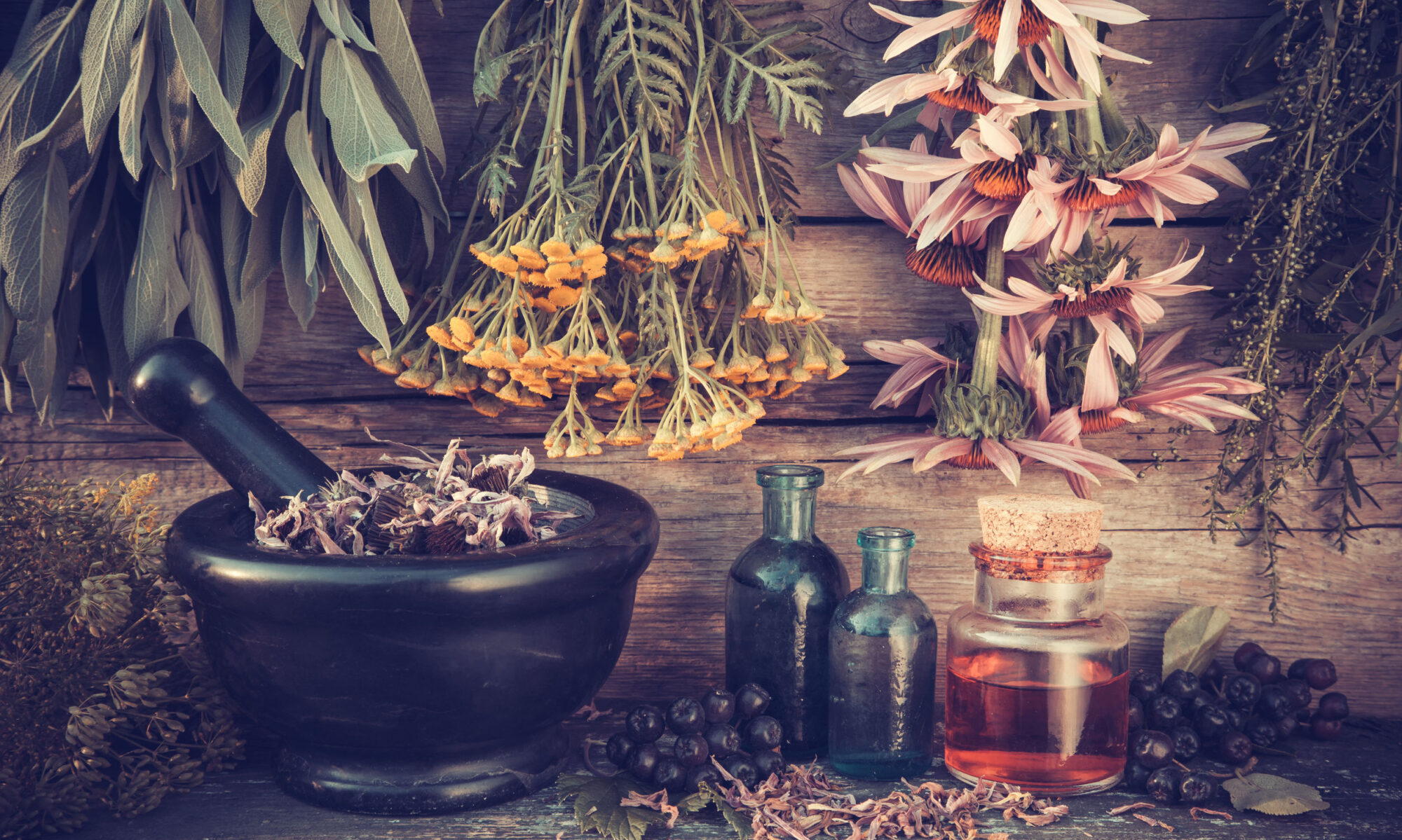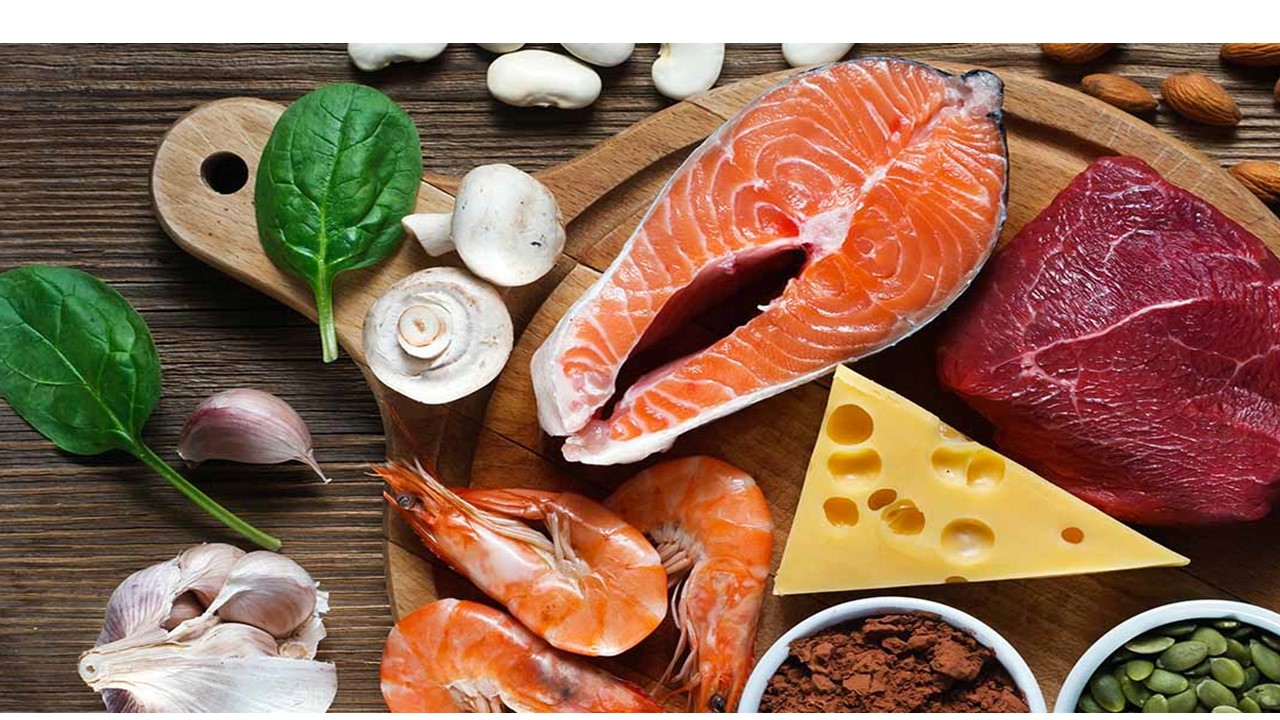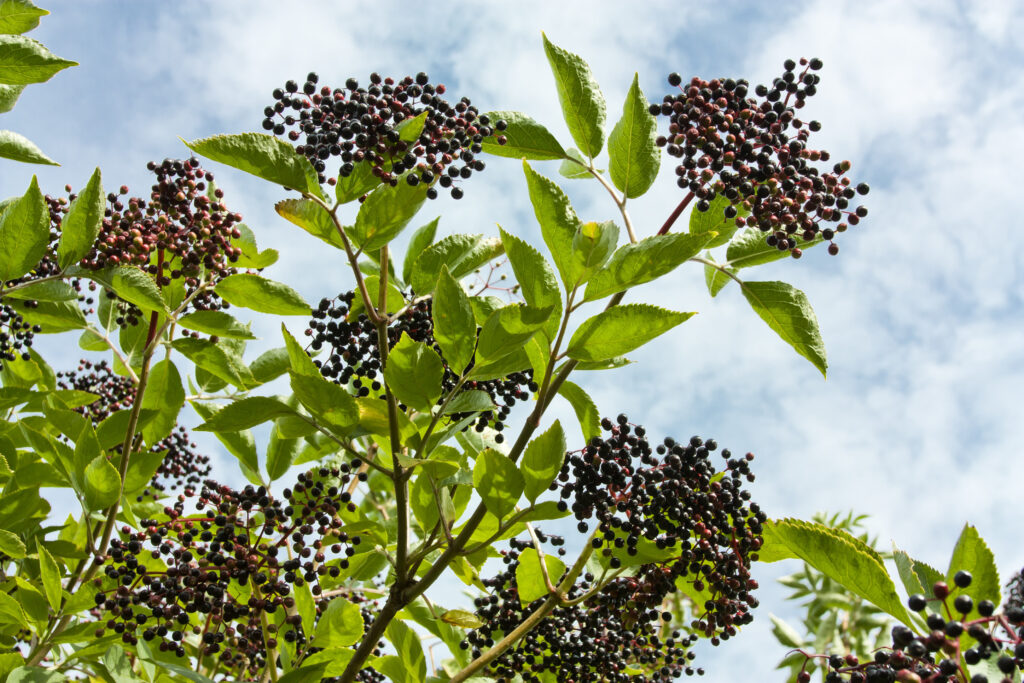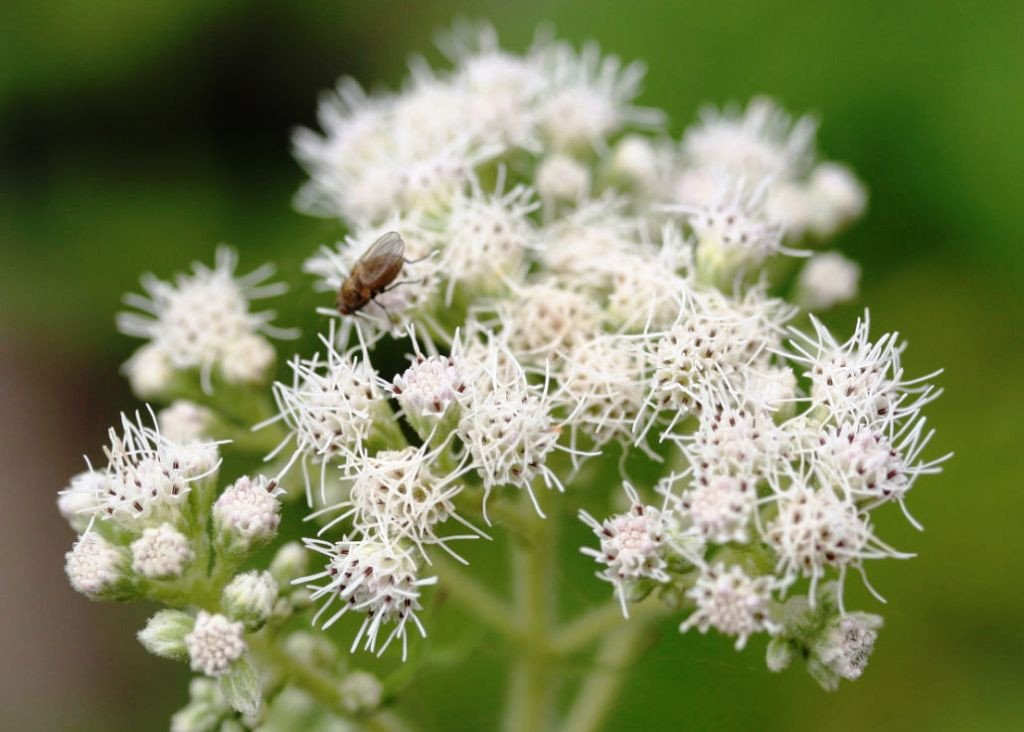Many plant molecules, such as polyphenols, interact with and modulate key regulators of mammalian physiology in ways that are beneficial to health. The more we understand about this interaction, the more effectively we can target both the prevention and treatment of disease.
Polyphenol compounds, when ingested, interact with receptors and enzymes within the consumer. The fact that stress-induced plant compounds tend to upregulate pathways that provide stress resistance in humans and animals suggests that plant consumers may have mechanisms to perceive these chemical cues and react to them in ways that are beneficial. The term xenohormesis is used to explain this phenomenon (from xenos, the Greek word for stranger, and hormesis, the term for health benefits provided by mild biological stress, such as cellular damage or a lack of nutrition).[1]
Continue reading “Resveratrol – “Privileged Structures” with Unique Advanced Health Promoting Properties Acting as an Epigenetic Modifier of Cancer Risk –”






